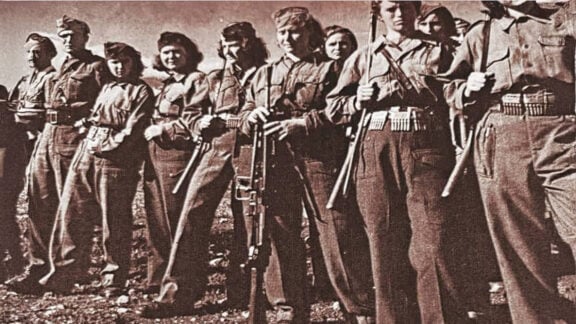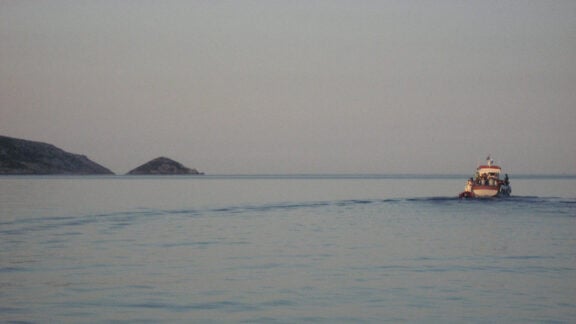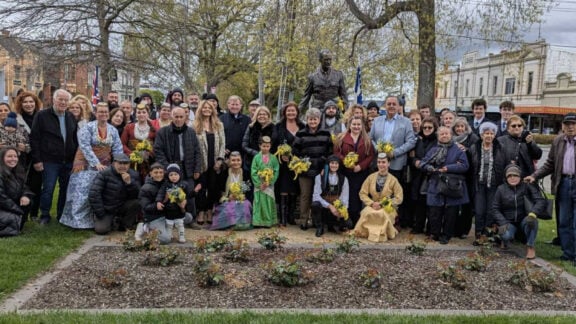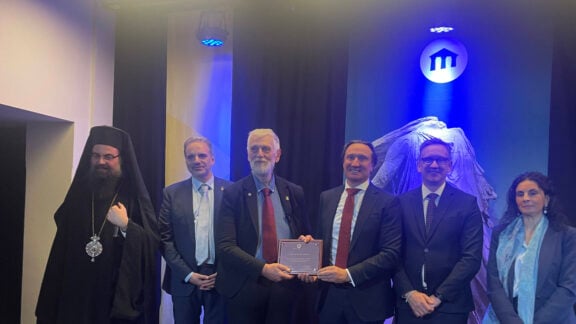The name of French writer Patrick Modiano was last week announced as the latest winner of the Nobel Prize for Literature, “for the art of memory with which he has evoked the most ungraspable human destinies and uncovered the life-world of the occupation”.
Born in the Paris suburb of Boulogne-Billancourt, it has been revealed that Modiano’s family roots lay in Thessaloniki until the beginning of World War II.
The Modiano family were Sephardic Jews who settled in Thessaloniki in 1492 after having been expelled from Spain by the Alhambra Decree. Some of the writer’s ancestors were rabbis in Thessaloniki synagogue.
The Modiano family left the city a unique cultural and architectural heritage.
Their presence can be found in various places in Thessaloniki, but the most famous among them is the covered market, known as the Stoa Modiano (Modiano Bazaar). The market is named after its creator – engineer Eli Modiano, who built it in 1922.
The city also has another arcade that bears the surname of the writer – Stoa Saul Modiano. Saul Modiano is often referred to as the richest Jew in Thessaloniki. Initially, the bazaar was built with the idea of it serving as a shopping centre at the time. The construction lasted between 1867 and 1881. The great fire in the city in 1917 badly damaged the building, which was restored in 1929 pursuant to the plan of another Modiano – Carl.
According to Greek media, the descendants of the Modiano family now scattered throughout the world gather in Thessaloniki every two years. Thus, they pay homage to their ancestors, promote ties between them and show younger members of the family where their family history started.
Works of the Nobel winning Patrick Modiano centre on topics such as memory, oblivion, identity and guilt. Often his tales are built on an autobiographical foundation, or on events that took place during the German occupation. He sometimes draws material for his works from interviews, newspaper articles or his own notes which he has accumulated over the years.








